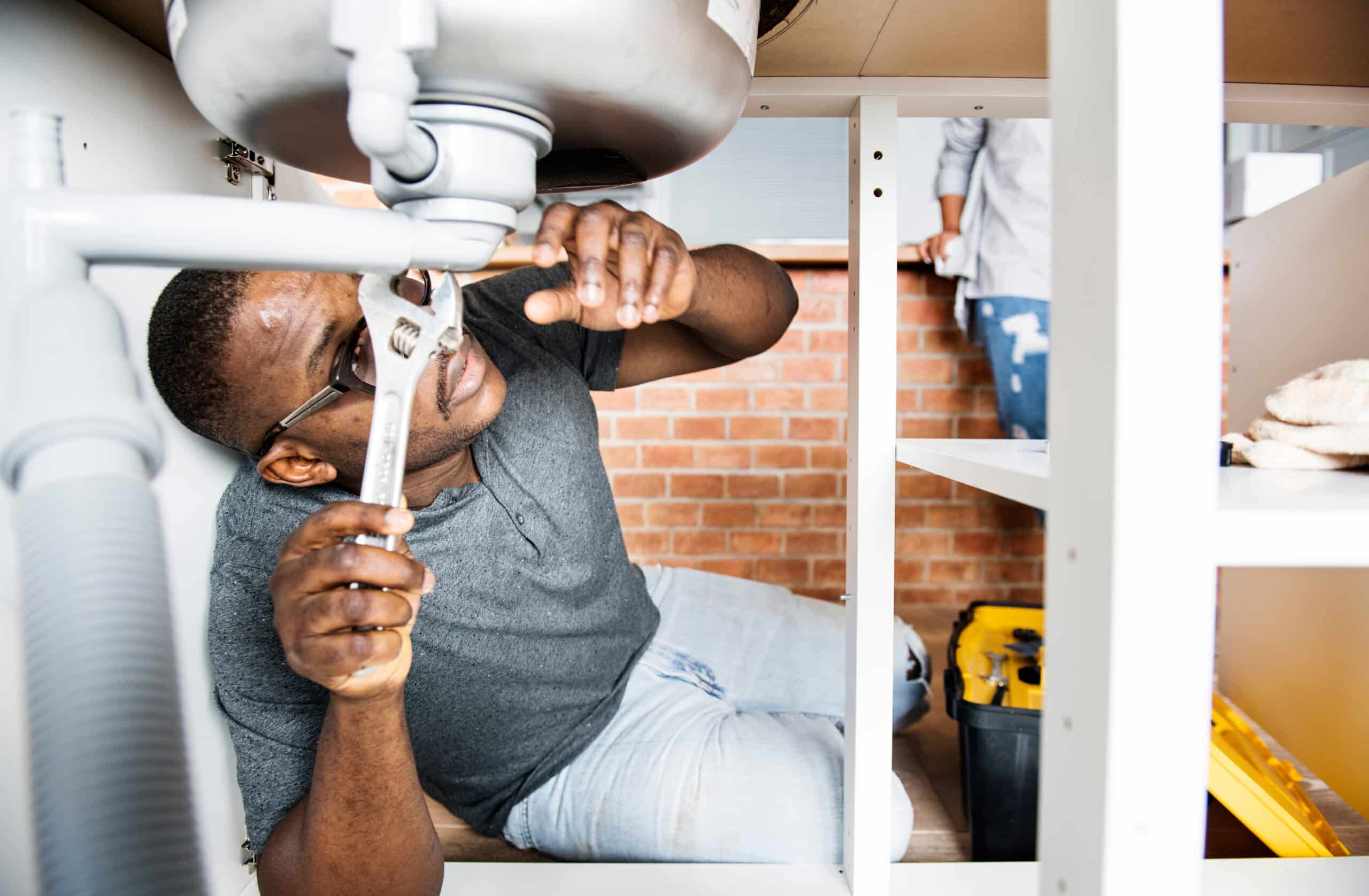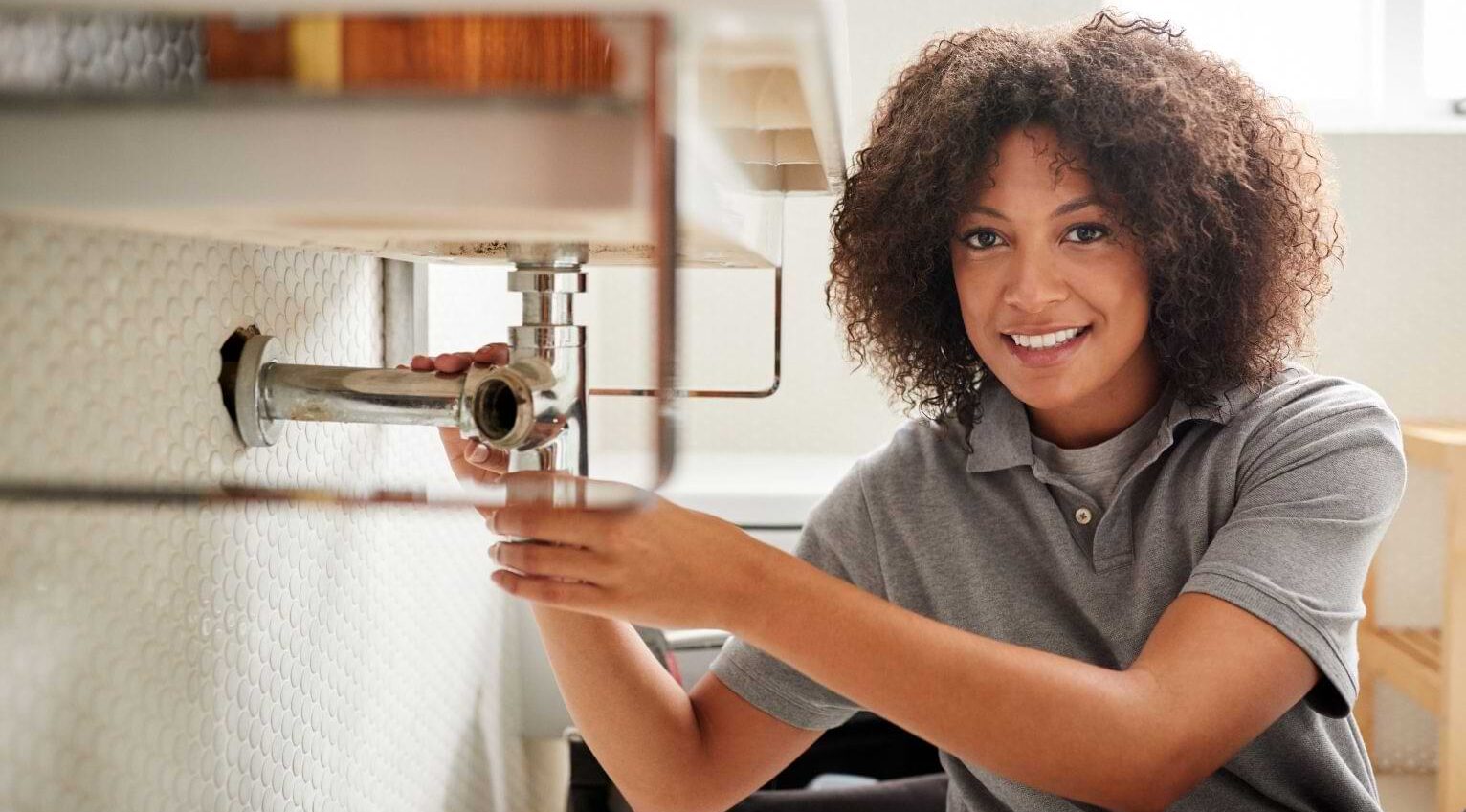A Step-by-Step Overview to Effective Hot Water Heater Installment for Optimum Performance
Getting started on the job of installing a water heating system is a venture that demands accuracy and an organized method for attaining optimum performance. As you continue, the ins and outs of connecting water supply lines and setting up dependable electric or gas connections await, appealing understandings into making certain effectiveness and dependability.
Picking the Right Water Heating Unit

Following, take into consideration the size and capacity of the water heating unit. It's crucial to analyze your household's hot water requirements, which can vary based on the variety of owners and their use patterns. A device that's also small may lead to insufficient warm water, while an oversized model may result in unnecessary energy consumption.
Performance rankings also play a crucial role in option. Seek water heaters with high Power Variable (EF) rankings, showing premium efficiency and minimized energy usage. Tankless models, though generally much more expensive upfront, deal significant power cost savings gradually because of their on-demand heating capabilities.
Preparing the Installment Location
Prior to setting up a new water heater, meticulous preparation of the installment location is necessary. This makes certain a smooth installment process and assists stop future problems (Drain Cleaning Alabaster AL). Begin by picking a proper place that abides by local building codes and safety and security criteria. The area should be dry, well-ventilated, and accessible for upkeep. It's important to determine the room very carefully to accommodate the water heater's measurements, ensuring ample clearance around the system for efficient procedure and servicing.
Check the floor for stability, as the water heater will require a strong, degree surface to operate efficiently. If needed, set up a drip pan beneath the unit to capture possible leakages or spills, stopping water damages to the surrounding area.
Furthermore, guarantee that all required tools and products get on hand before commencing the installation. This includes things such as wrenches, screwdrivers, a degree, and any type of extra hardware needed for securing the heater and placing. A well-prepared installment area sets the structure for an effective hot water heater setup, maximizing performance and safety and security.
Connecting Water System Lines
When linking water lines to your recently installed hot water heater, it is crucial to make sure that all links are leak-free and protected to keep reliable procedure and avoid water damages. Begin by recognizing the warm and cold water system lines. The cool water inlet is commonly noted with a blue label or a "C", while the warm water outlet is marked with a red tag or an "H".
Usage versatile hot water heater adapters to promote a much easier setup process. These ports can absorb vibration and permit small motion, reducing the danger of leakages. Before connecting the adapters, place a plumbing professional's tape around the threaded ends of the hot water heater's inlet and electrical outlet pipelines - Plumbing Alabaster AL. This tape functions as a sealer, avoiding leaks. Meticulously attach the flexible pipes to the corresponding inlet and outlet, guaranteeing that they are not over-tightened but tight, which might harm the threads.
As soon as check this site out links remain in place, slowly activate the major water shutoff. Inspect each connection for leakages by visually really feeling and inspecting for dampness. Tighten up links as needed, and make certain the stress safety valve is correctly set up, securing versus excessive stress accumulation.
Establishing Electric or Gas Connections
Properly setting up the electrical or gas connections for your water heating system is an important action to make certain safe and effective operation. For electric water heating units, start by validating that the electric circuit works with the heating unit's voltage and amperage requirements. Guarantee the power supply is switched off at the circuit breaker to stop mishaps. Link the electrical cords to the heating unit following the manufacturer's circuitry representation. Usually, this involves connecting the ground wire to the green terminal, and the remaining cords to their matching terminals, protecting each with wire nuts.
For gas hot water heater, security is critical. Validate that the gas supply is off before continuing. Connect the gas line to the water heating system using a versatile gas connector, ensuring it is effectively threaded and sealed with pipeline joint compound or Teflon tape ideal for gas connections. Tighten the connections with a wrench, taking care not to over-tighten (Plumbing Alabaster AL).
As soon as links are made, inspect for any type of prospective leakages. For gas lines, use a soapy water remedy to the joints; bubbles indicate a leak. For electrical connections, confirm that all electrical wiring is safe and effectively shielded, maintaining compliance with local electrical codes.
Testing and Adjusting for Efficiency
With the electric and gas connections firmly in area, the following step is evaluating the functional effectiveness of your water heating unit. Begin by carefully transforming on the water supply and making sure there are no leakages at any of the joints or valves.
Following, carry out a complete assessment to guarantee the burner or gas burners are functioning appropriately. For electric heaters, make use of a multimeter to confirm if the elements are attracting the proper current. In gas versions, observe the burner fire; it needs to be steady and blue, showing reliable combustion.
Readjust the settings as essential to remove inefficiencies. Take into consideration implementing insulation procedures, such as adding a water heating system covering, to additionally improve performance by decreasing warmth loss. Furthermore, check the anode pole's condition, as a tatty pole can reduce effectiveness and lead to storage tank rust.
Verdict
Efficient water heating unit setup is vital for making certain optimum performance and power financial savings. Securely connecting water supply lines and carefully setting up electric or gas links minimize potential issues.

Appropriately establishing up the electric or gas connections for your water heating unit is an essential step to guarantee risk-free and effective operation. For electric water heaters, begin by verifying that the electrical circuit is suitable with the heating system's voltage and amperage needs. Attach the gas line to the water heating system utilizing a versatile gas see post port, ensuring it is properly threaded and sealed with pipeline joint substance or Teflon tape appropriate for gas connections.
Comments on “Important Plumbing Alabaster AL Tips for Homeowners”